Overview
I led a multi-year project to modernize and transform a traditional high school photography classroom into an industry-level digital media and design program. During this project, my role included:
• UX Design
• UX Research
• Facilitating Design Thinking Process with Students
• Securing Funding
• Meeting with Stakeholders for Approvals on Project Ideas
• Project Management
The Problem
Multiple hands on Career Technical Education (CTE) programs had been eliminated in recent years as teachers retired and funding disappeared.
The photography teacher of 30+ years at the school was retiring and there was concern that this would be the next vocational program to shut down. The photography classes were very popular with students but the equipment was degrading and the traditional black and white film photography curriculum no longer qualified for federal CTE (Career Technology Education) funding.
I presented a concept to school and district leaders to modernize the program in order to keep this opportunity available for students. We developed new courses, redesigned the space and launched a student-run digital media business to generate revenue to upgrade equipment.
Getting Started
We created a prototype with an extremely limited budget and timeframe to test the viability of this environment for a completely digital curriculum.
•32 used iMacs from another campus in the district
•Run data lines for computers
•Run electrical outlets for computers
•20 new DSLR cameras (grant funding)
•Purchase 12 computer tables and 36 chairs (district funding)
This new approach revealed great opportunities so we launched a design process to completely rebuild the program.
The Process
Involving the learner with all design decision was critical at every step so we empowered them as co-creators throughout the project. Not only did we measure their pain points but we also made sure they had a voice in designing the solutions. This learner-centered approach was central to the design and amplified the impact for students during and after the project.
Research
Our information gathering really centered on current students and their real time use and experience in the class. To inform our ideation process we used the following techniques:
• Data analysis (student grades and assignment completion)
• Student surveys
• Direct Observations
• Concept Testing
• Competitive Analysis
Too much of the daily experience for the student was reliant on the information from and access to the teacher. We also found multiple areas that could be automated and/or streamlined to reduce this dependency that caused delays and frustrations.
During an average period, roughly 40% of the time is spent on procedures and tasks instead of creativity and exploration. Not only is the balance of time allocated incorrectly, it is also creating a negative emotional reaction to the overall experience.
Students choose this class for a creative outlet and an interest in visual communication. It is often the only class in their day that provides the opportunity to engage in something other than traditional school curriculum and requirements.
Goals
We needed to build a modern program to secure reliable and significant funding and make sure the new design was learner-centered to increase enrollment.
The current experience looked, felt, and ran like a typical classroom with both the students and the teacher in traditional roles. These elements were preventing learners from engaging in their work as engaged and empowered young professionals.
How might we create an end to end experience that no longer feels like school but rather a professional organization?
I led multiple rounds of brainstorming sessions with small groups of students to develop an understanding of what they wanted out of this experience and start to uncover ideas they had on how to get there.
Three clear themes emerged from this process and guided the rest of our design journey.
#1- The Curriculum
Designing the new curriculum meant creating a flexible framework that was meant to evolve and transition as student needs and interests changed. Students did not want the experience to feel like 'school' so it was critical to de-emphasize grades/tests and make sure the projects were always new and meaningful.
Building the Brand
Student created logos, marketing material, and an online presence to develop a brand identity as an organization rather than a class.


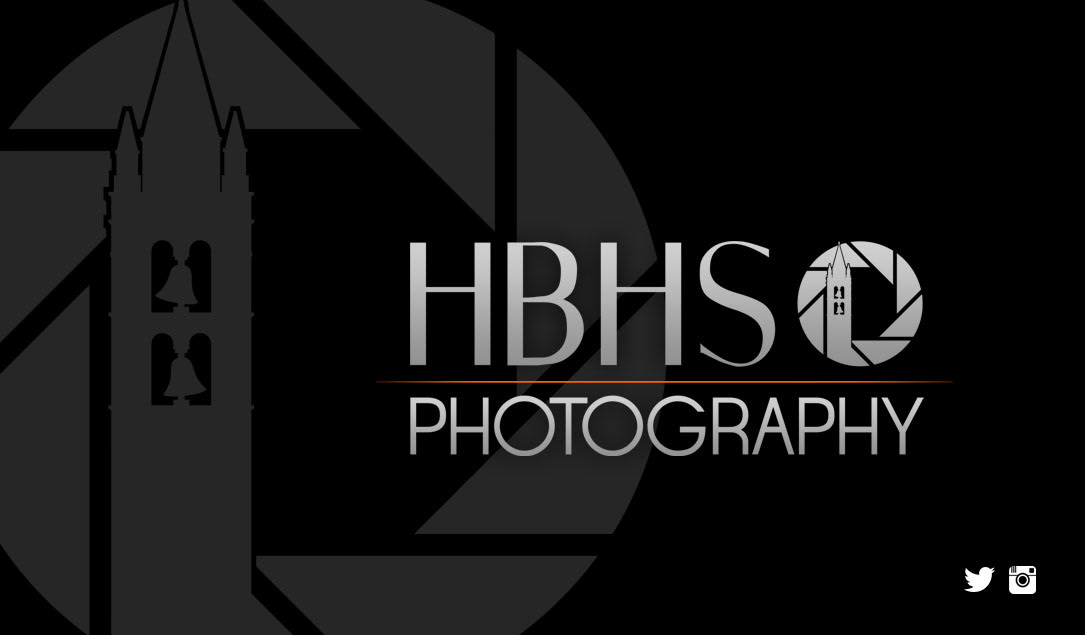

Changing the Mindset
Students developed a program motto and designed a logo to represent the transition from the role of a student to that of a young professional.
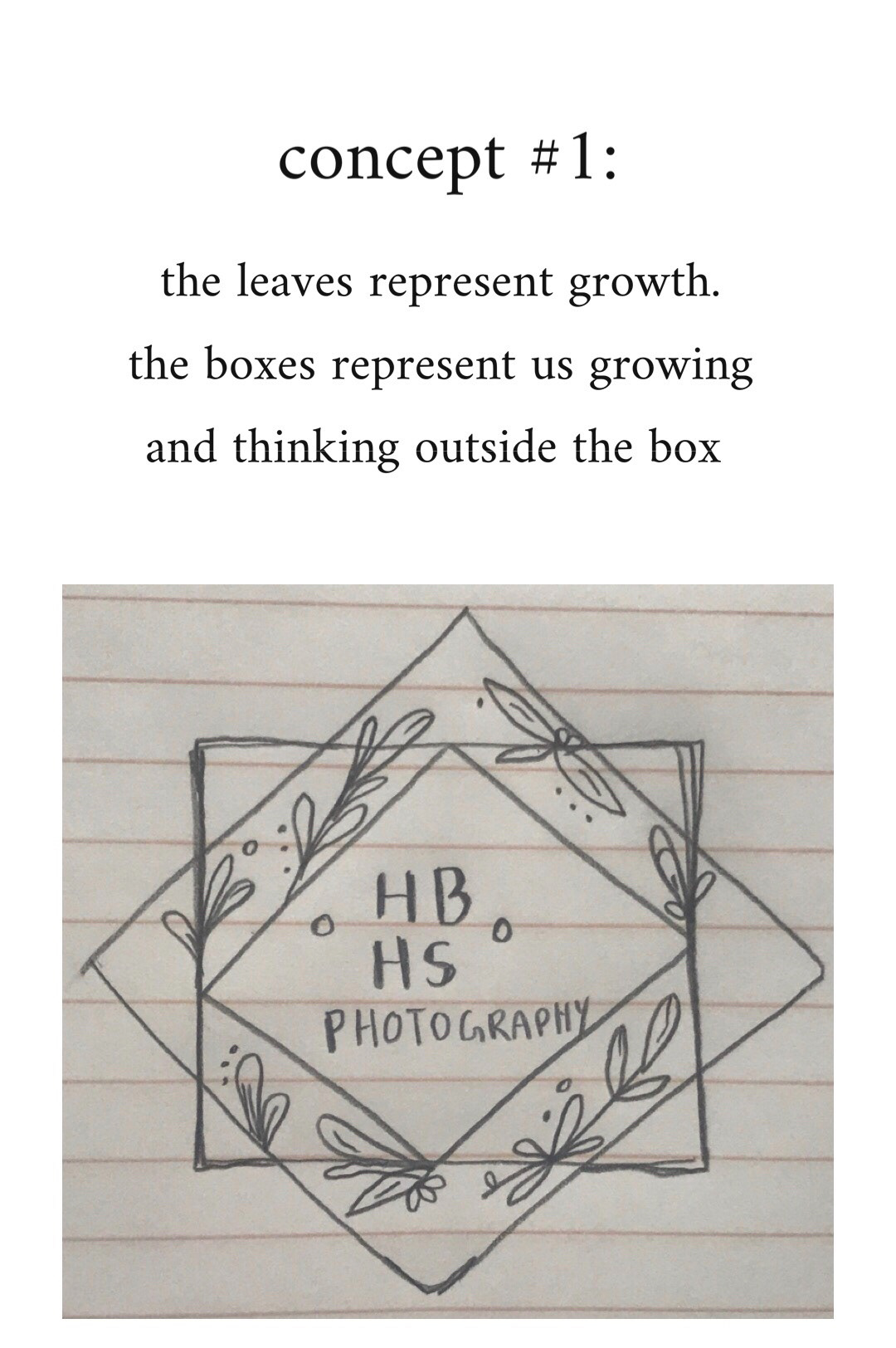
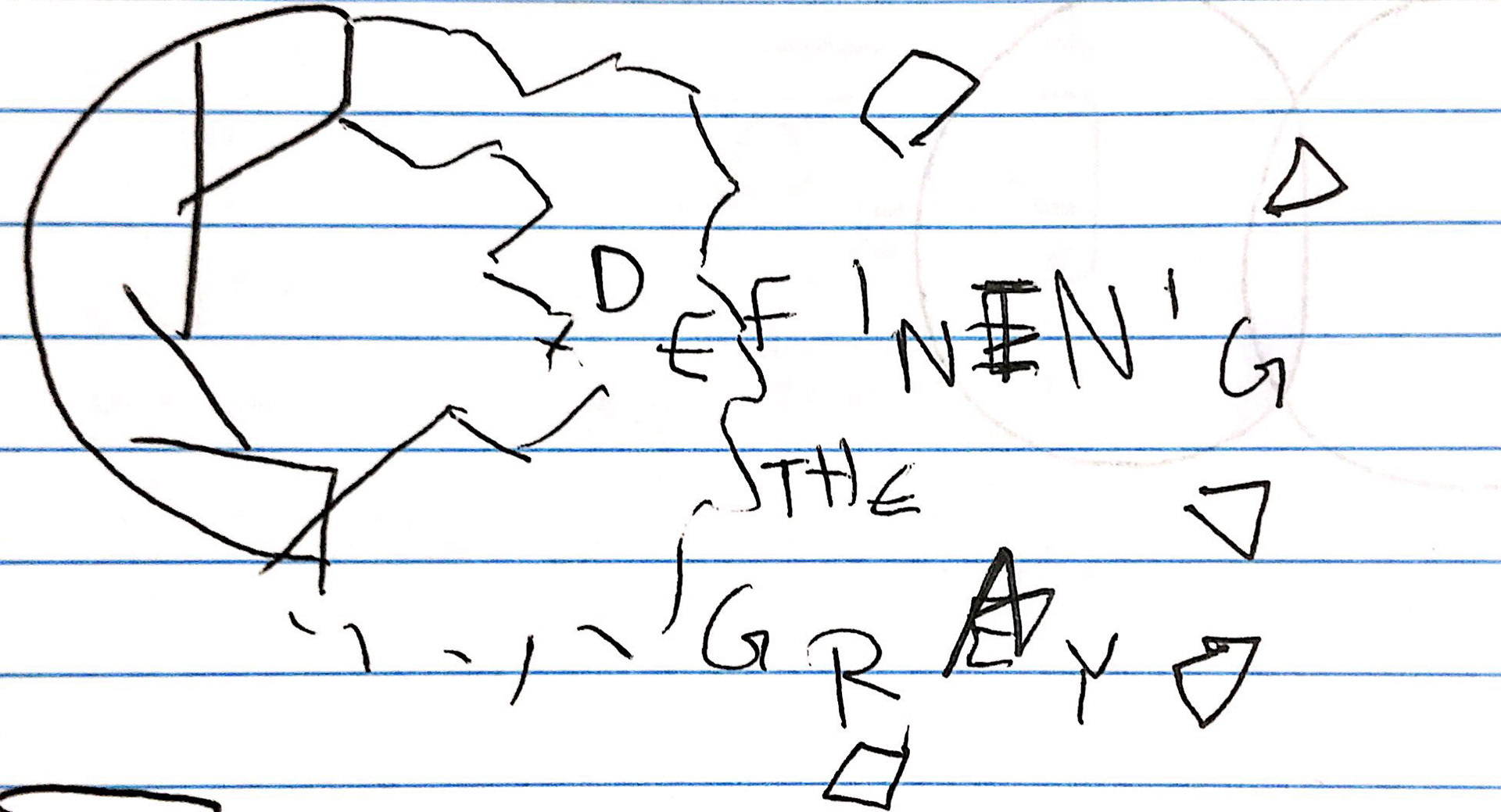


Generating Revenue
Completing paid jobs for school athletics, local businesses, and community organizations provided real world work experience while helping to build the program.
#2- The Gear
Even though we had transitioned to digital, access and equity were major concerns in regards to equipment. Some of the gear was not reliable and we did not have enough for each student. It is hard to develop as a young professional and enjoy the experience if you do not have the necessary tools.



Pain Points
• Not enough cameras available for students during class or for use off campus
• Most students could not work on, edit, or share images from home
• Too much class time wasted checking out gear


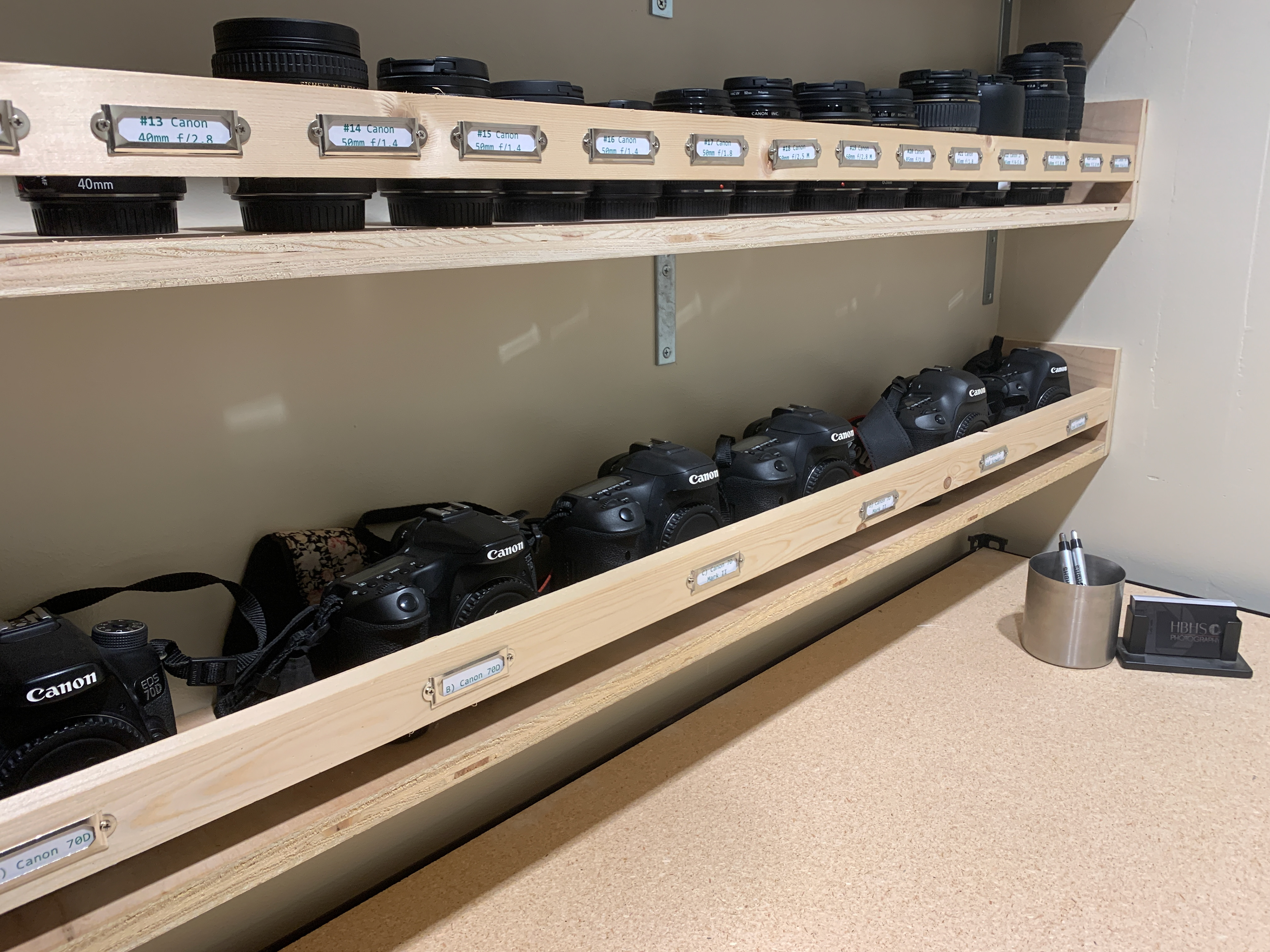
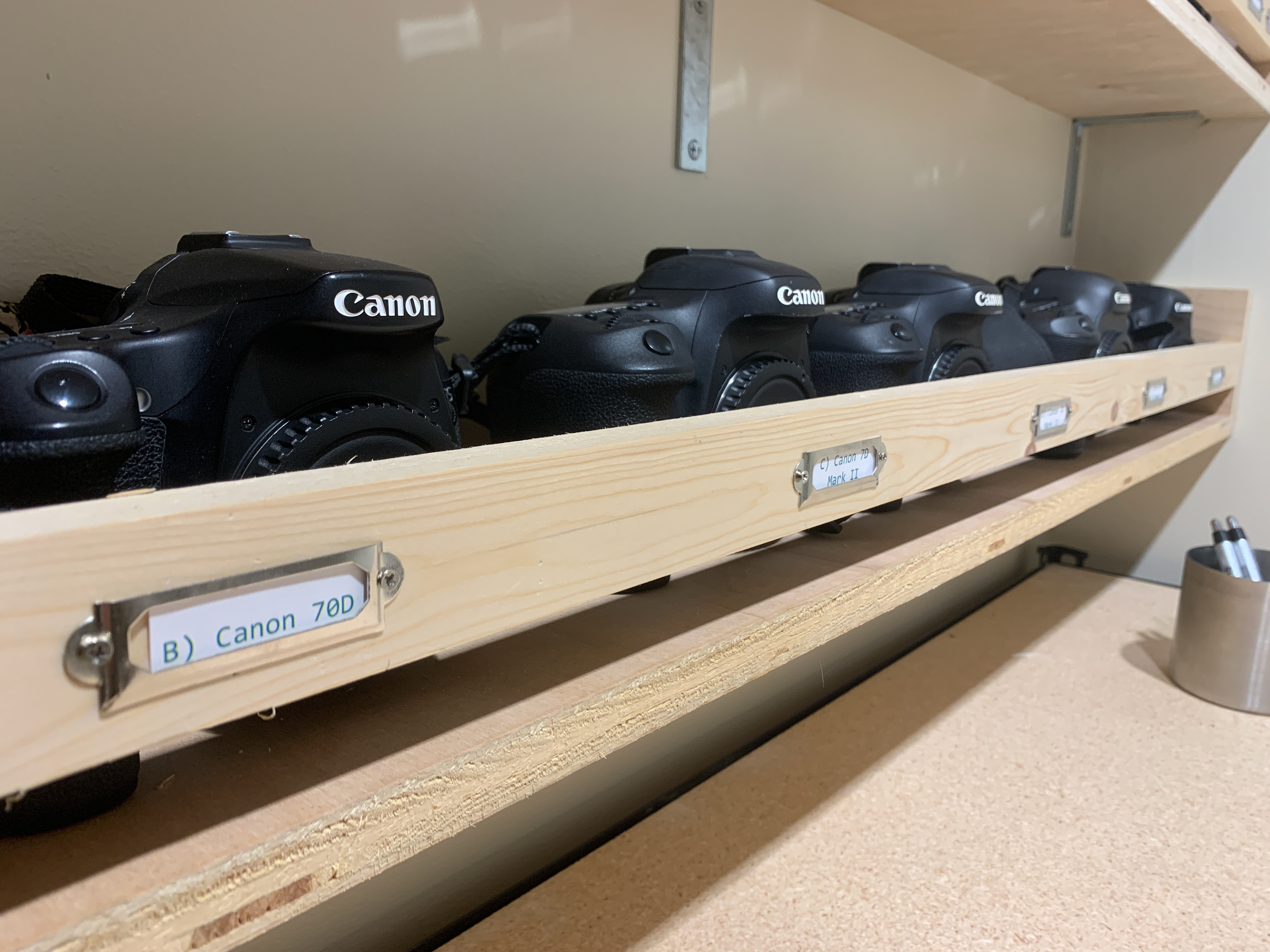
Access to Cameras
• We doubled the # of cameras available
• Students were allowed to checkout cameras for off campus use
• Camera bags are labeled and a new cabinet system was setup at the entrance of the room
• Students used a self-checkout honor system
NOTE: We tested mobile inventory management systems like AssetTiger but it slowed the process and more importantly did not treat students like responsible young professionals
Access to Software
• We purchased student licenses so they could download the apps at home and/or their mobile device
• Not every student had a computer at home that could run all programs but 100% of students could now use Lightroom from anywhere at anytime
#3- The Space
The final phase of the process provided the continuity and cohesiveness needed to truly transcend the typical school experience. This is also the area the students were most excited to design and see built.
Getting Inspiration
Students were asked to photograph design elements that helped contribute to the appealing nature of the space on a visit to a local outdoor dining, shopping, and entertainment area that was a popular spot for students and their families.
We were also invited to the Hurley Headquarters to tour their office space and studio as well as to see their creative workflow processes in action.


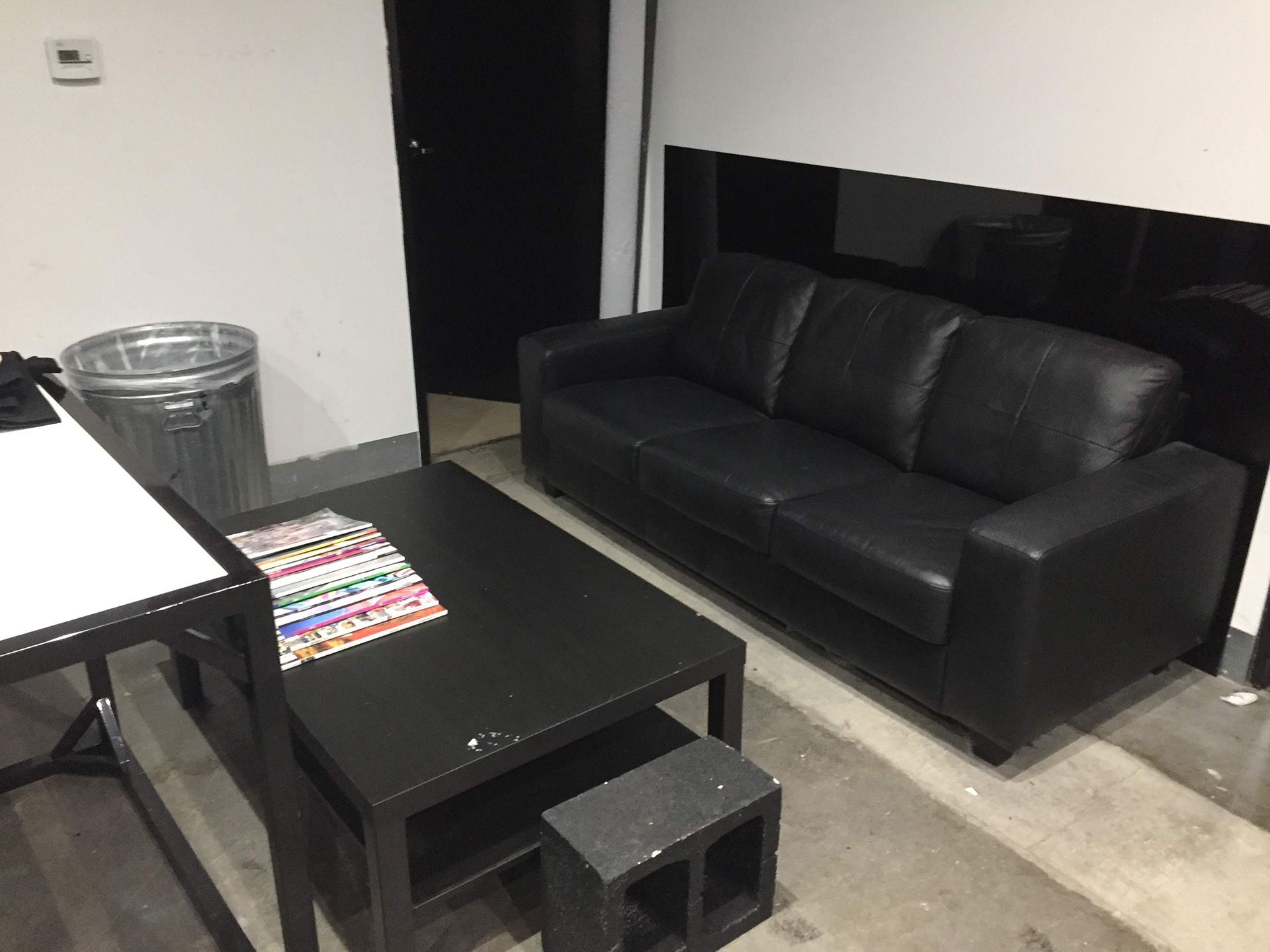

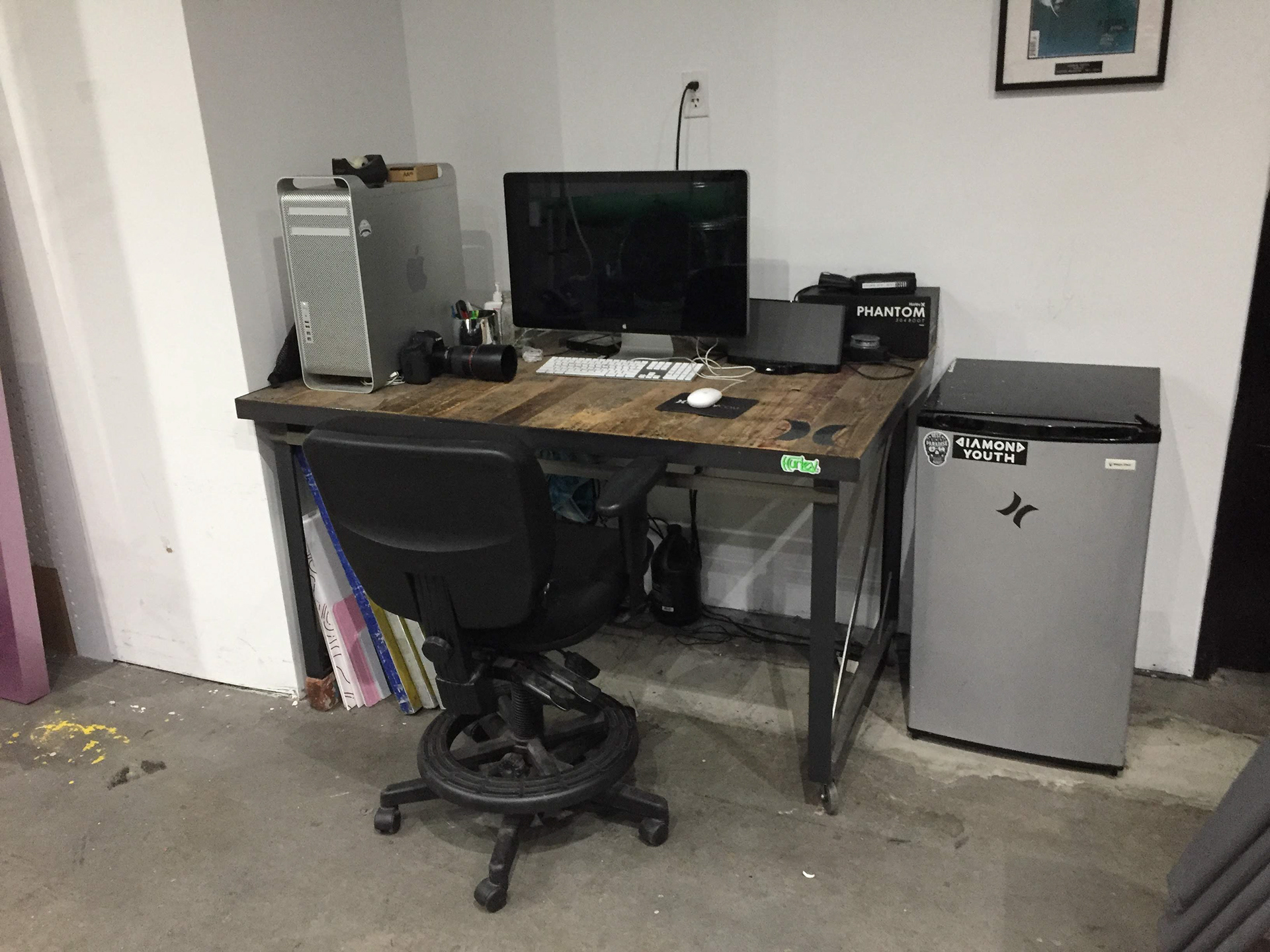

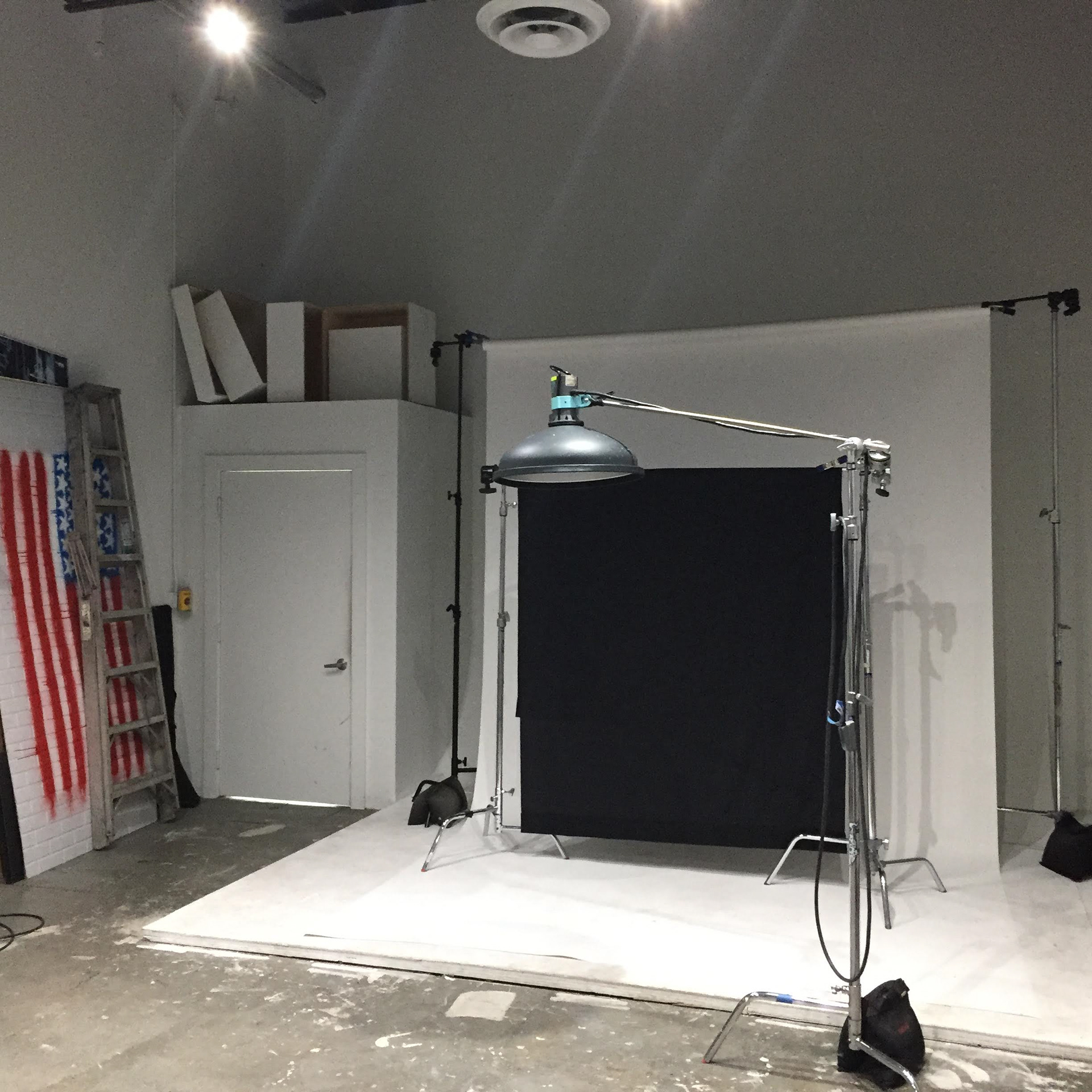
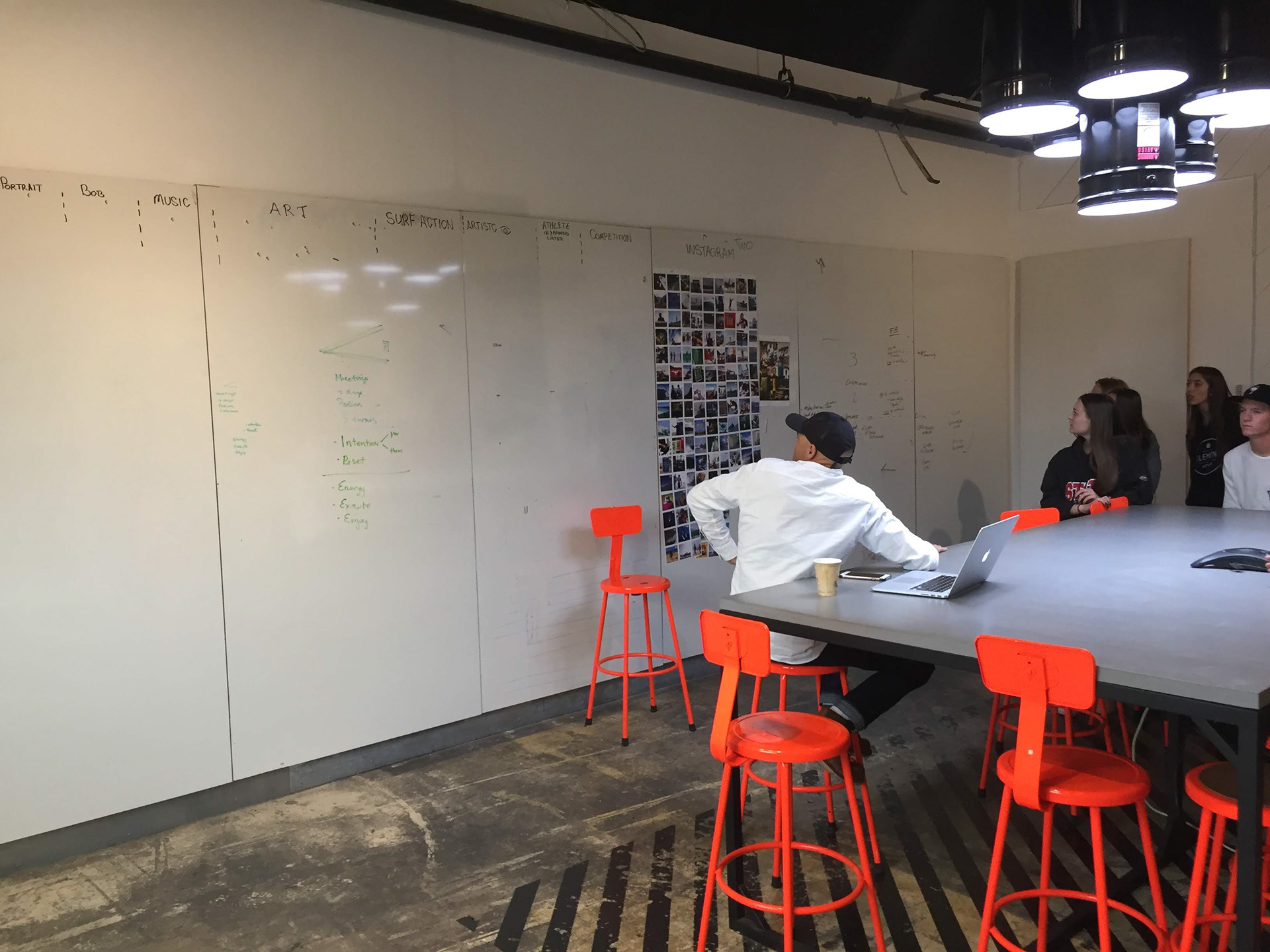

Generating Concepts
Students were assigned areas of our current space and ideas from our inspiration and brainstorming stages. They developed pitches in order to test the popularity of their ideas and make revisions.




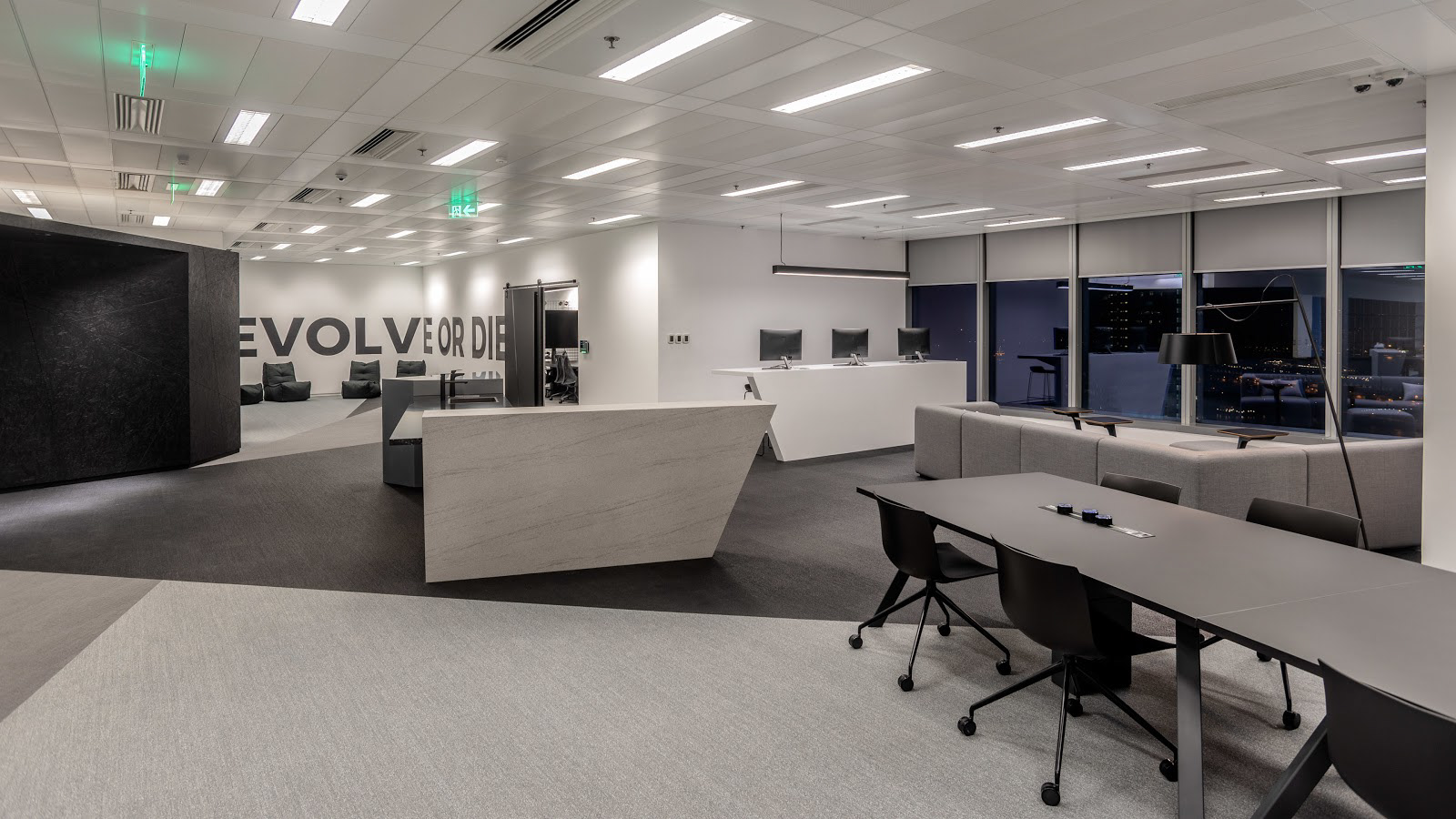
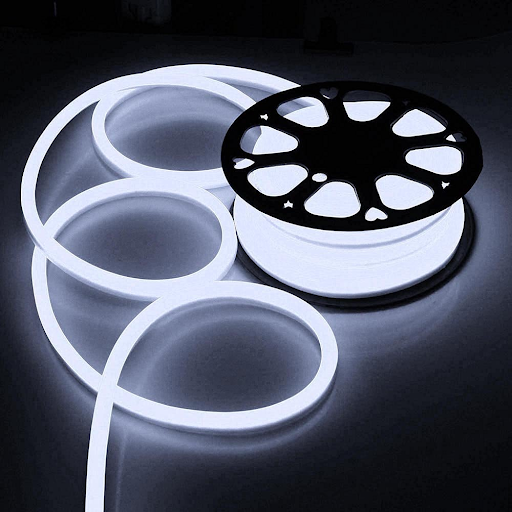

Prototyping & Testing
The budget for the final project had not been clearly defined at this point so it was important to focus on the impact in relation to the cost for each prototype. Some concepts ranged from nearly free to others that would require full construction and architectural plans.
• Painting Walls to Define and Personalize the Space
• Student Created Displays
• Screen Mirroring Student Work to HDTVs for Feedback
• Permanent Studio Lighting
• Standing Height Industrial Work Tables
• Open Ceiling & Daylight Balanced Lighting





Refining the Design
We worked with architecture and design experts to finalize details and create 3D mockups we could use to secure grant funding and present to decision makers at the district office. The final plan focused on:
• Making feedback more public, location independent, & in real time
• Opening up the space to allow for more mobility and collaboration
• Shifting student mindset to creator mindset by incorporating visual and aesthetic design elements used in industry settings
After navigating a handful of obstacles and working through multiple layers of decision makers we were able to receive approval, secure funding and finally break ground on the project.
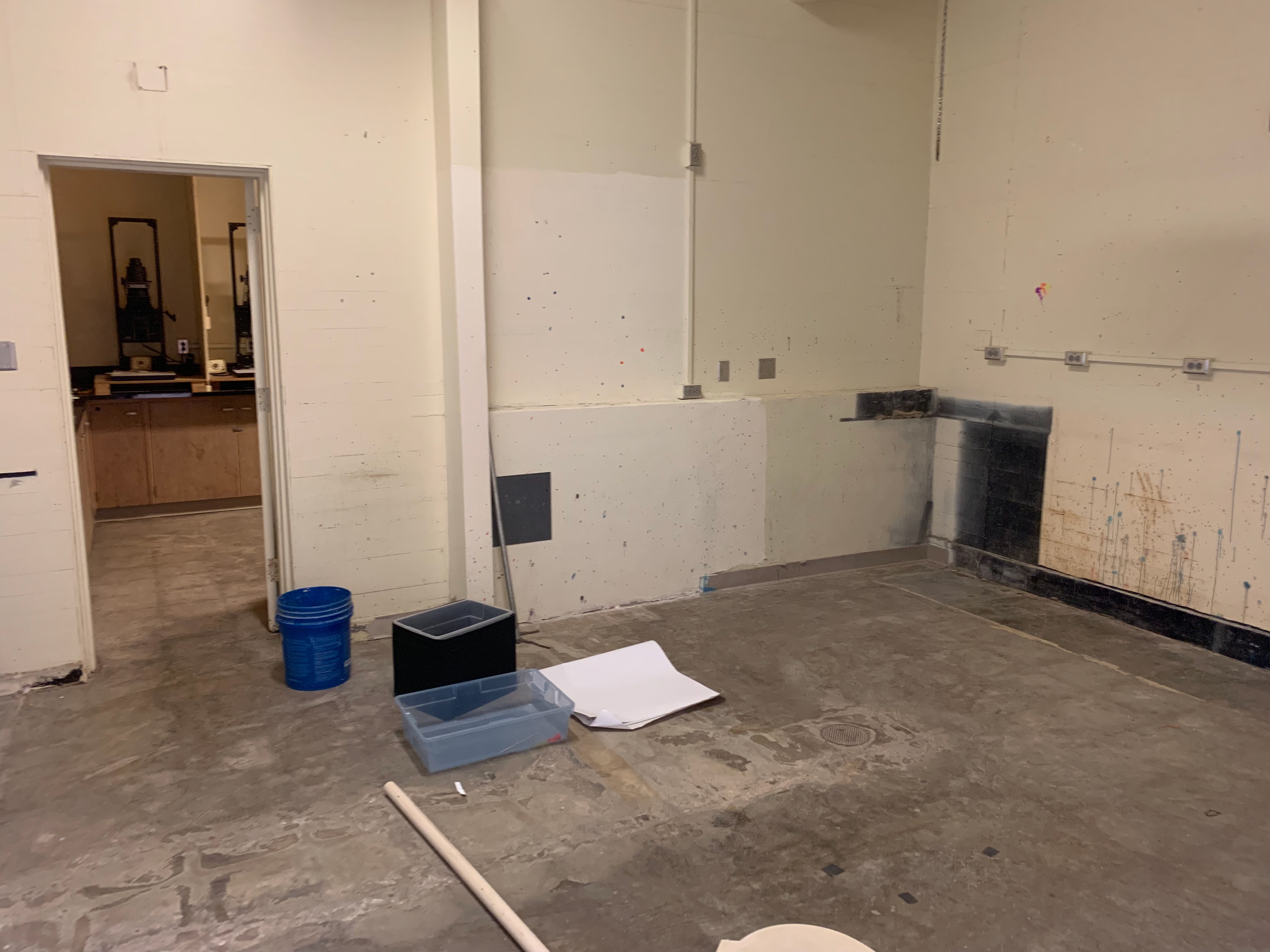






The construction phase was long, slow, and messy but it served as a powerful and cathartic step in CREATING a NEW learning space by removing the old and inefficient elements in order to make a transformative learning experience possible.
The Results
• Over $500,000 in funding through grants & donations
• 1st place in the Orange County Digital Media Arts competition for 5 consecutive years
• $90,000+ student generated revenue
• 2X the number of students earning CTE Digital Media & Design Pathway Certificates
Increased Feedback
An AppleTV enabled large screen HDTV at the front of the room allows students to AirPlay their individual iMac computer screens without having to leave their seat. This also eliminates the need for the teacher to navigate the room for each request for help.
In addition, the more public nature of feedback allows for all students to learn simultaneously rather than requiring individual attention each time.
Also, since learners are working for and with real clients, the teacher is no longer the sole provider of feedback and assessment. Students can also earn real money for their projects.
Increased Mobility & Collaboration
Although construction plans did not allow for the moving walls, the table and chair choices had a smaller footprint to create more space.
Each table was custom designed and ordered to be narrower than the previous tables. As a result, almost 2 feet of walking space was created without a noticeable difference to the computer work station experience.
The choice to use standing height desks also resulted in chairs remaining more pushed into the tables or encouraging students to stand instead of sit. This decision also follows research showing increased engagement and energy levels when working at standing height.
Increased Accessibility
Equipment storage upgrades, studio setup enhancements, as well as streamlining computer tasks dramatically reduced the amount of procedural time to work on and submit projects on a daily basis.
These changes allowed students to checkout equipment, work with lighting and navigate computer programs quicker which resulted in more time for creative work and problem solving.
It was not possible to change the bell schedule or find additional time outside of class so it was critical that how time was being used (or wasted) during class be modified.
"When I walk into this room I feel like I left school."
-Dustin A.
"In most of my classes I feel more tired and drained when I leave. I feel like I get energized and want to be more creative when I come on here."
-Kaitlyn R.
"Wow! Why wasn't it set up like this before?"
-Jesse P.


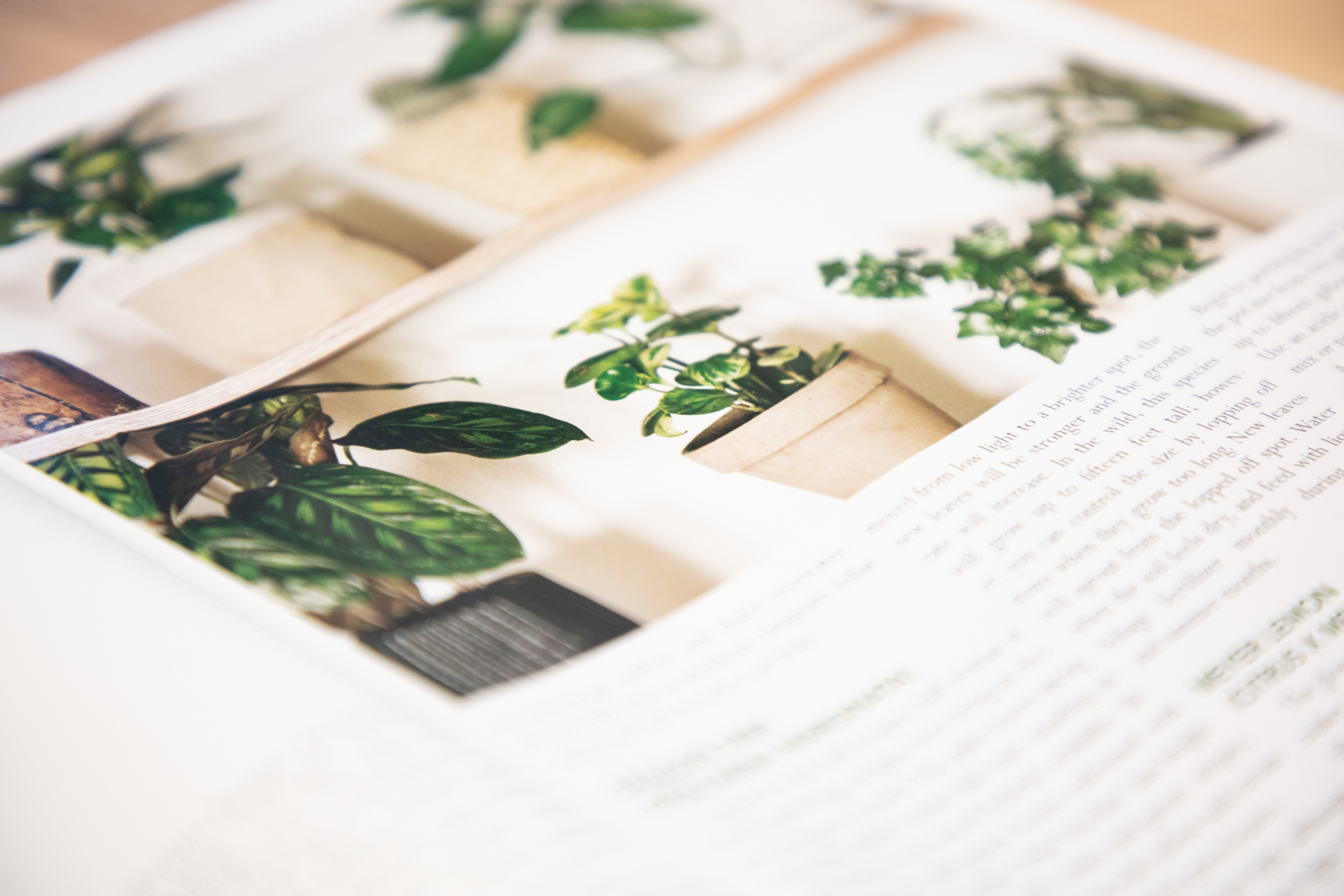




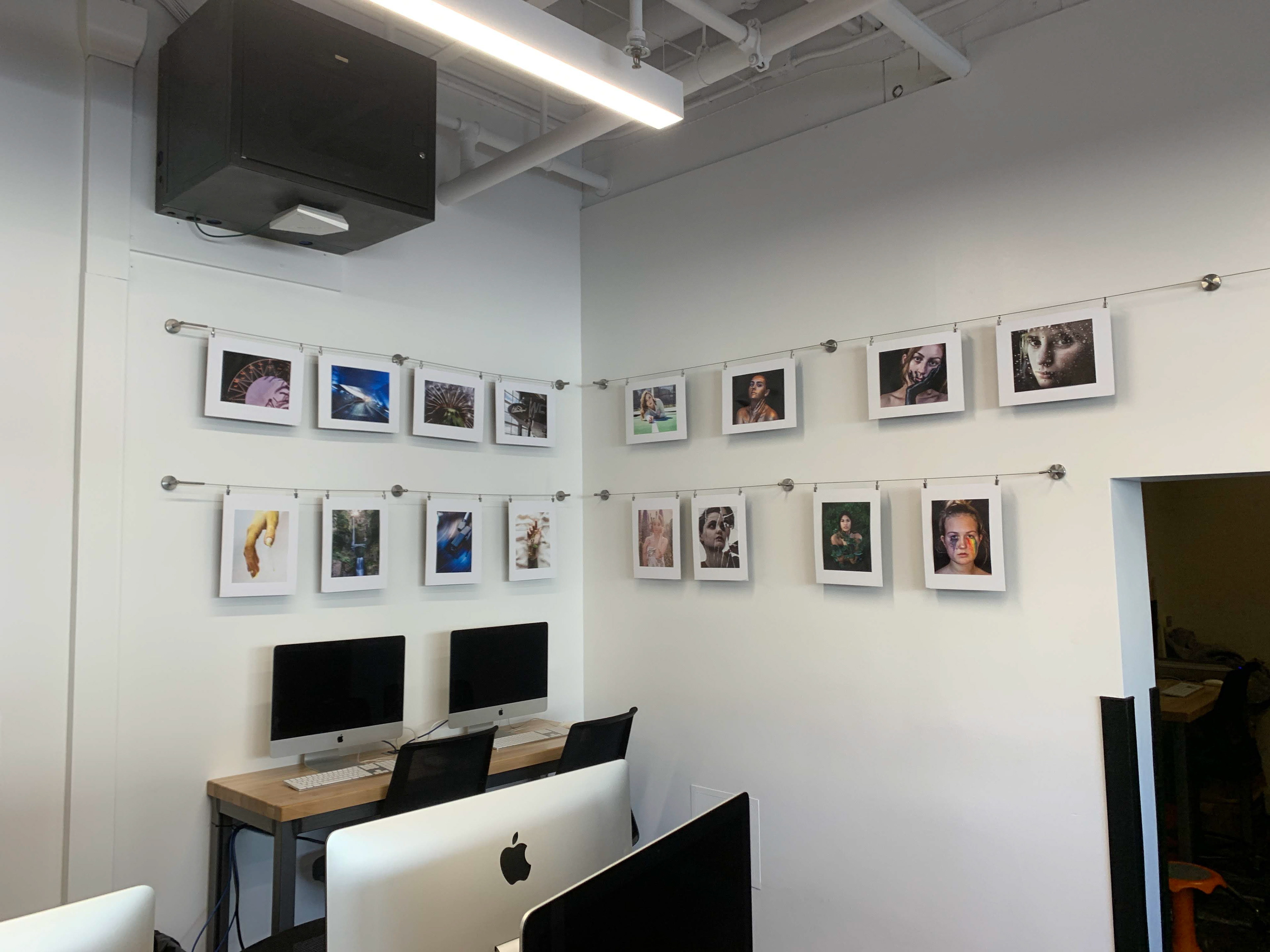
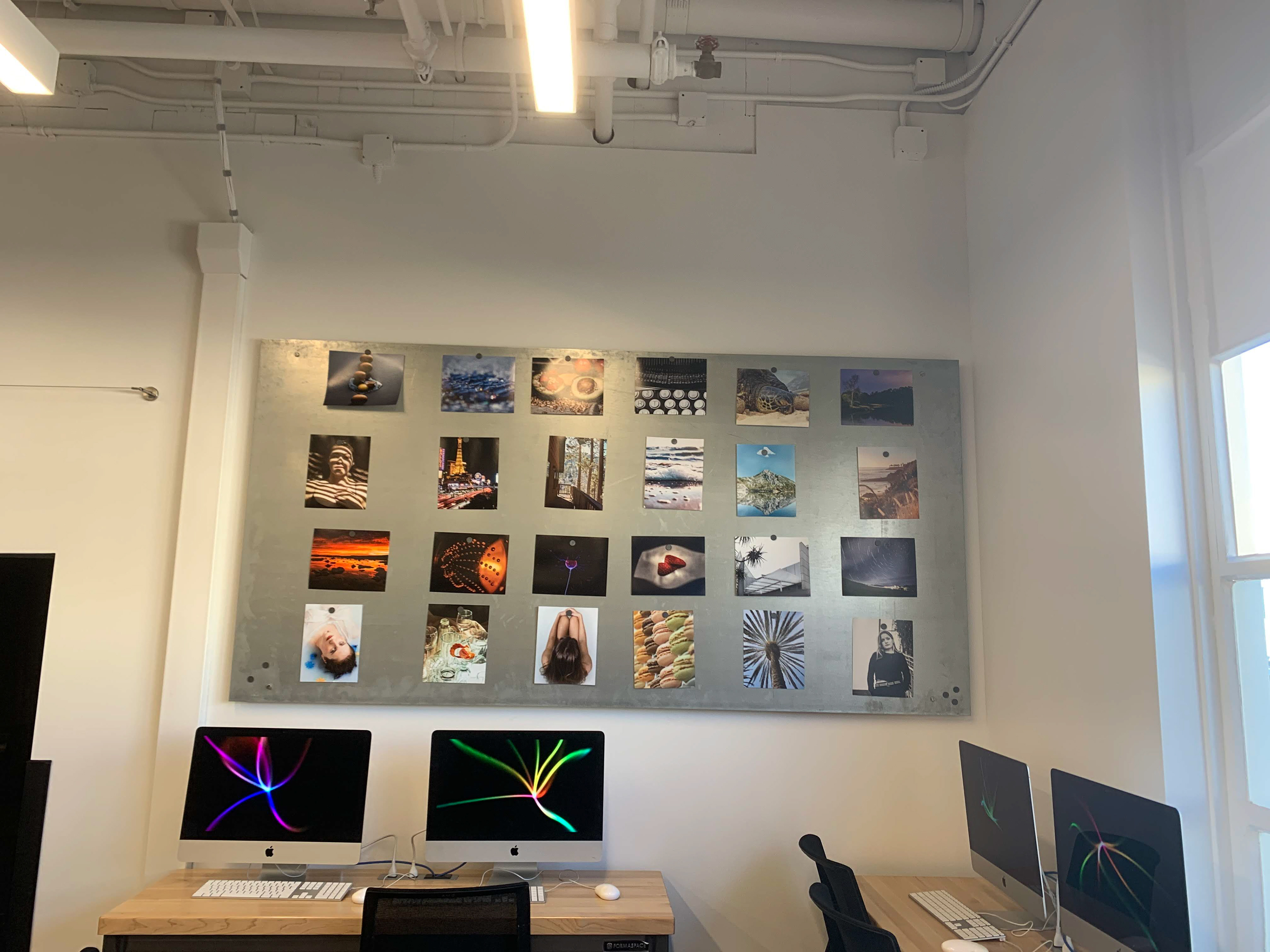
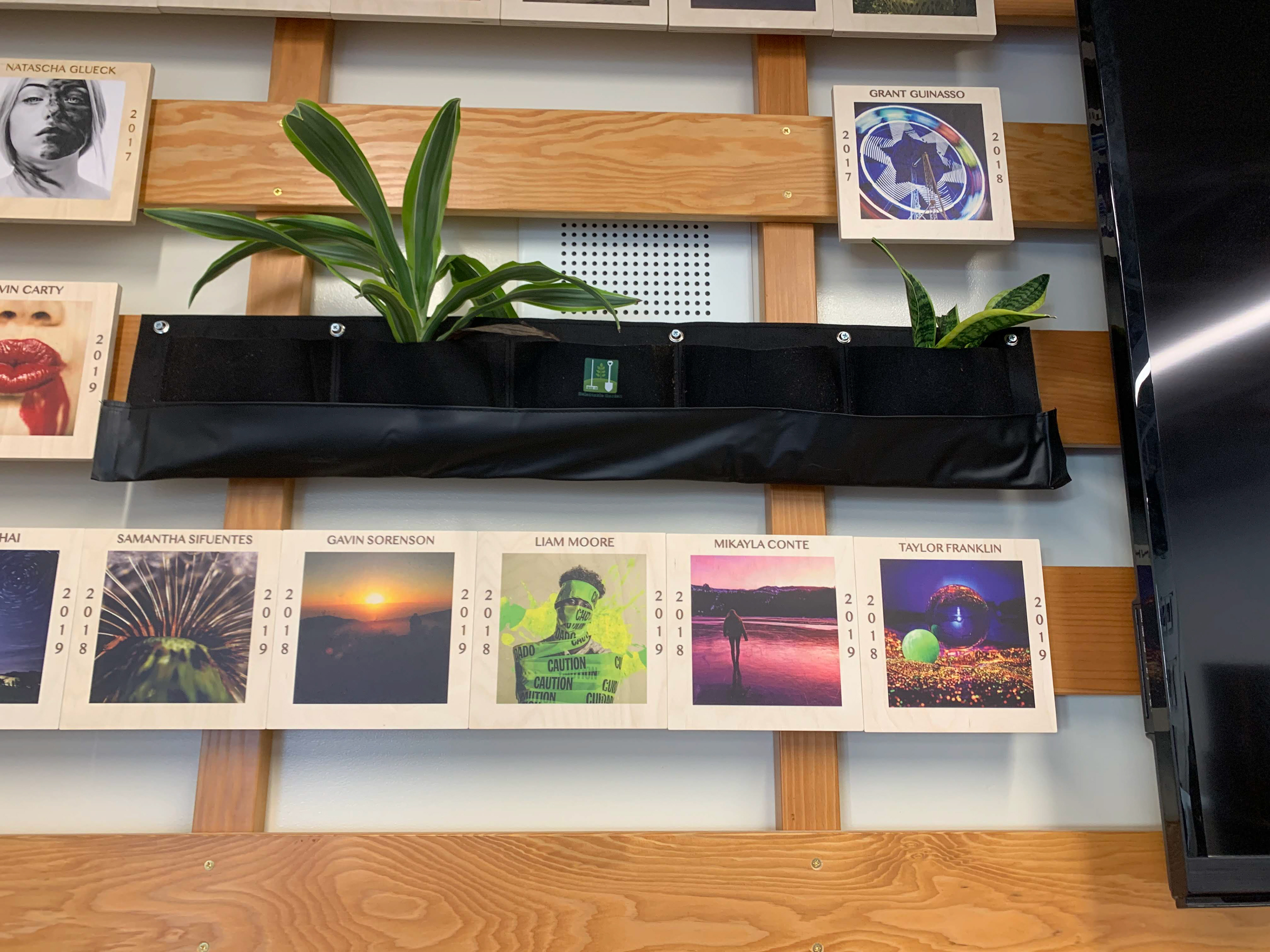
Next Steps
Unfortunately, COVID shut us down as wrapped up the final construction of the new space. Luckily, the design process and experience provided a powerful foundation for navigating the new and unexpected challenges.
Adaptation: The focus on creating a physical space and curriculum designed to evolve over time established a perspective in the program for constant innovation and ideas. The 'final product' ended up just being a launching point to create the next phases of the program. We are looking to expand our impact to a cross-curricular pathway that focuses on business and design.
Co-Creation: The journey with incredible students involvement added as much value to the learning experience as the completed new concept. Learner needs were met in the present and for the future by centering all decisions on the needs and wants of the students. This project showcases the need to include more student voice in the design and implementation of their education.
Community Collaboration: During this project, we connected with numerous professionals, businesses, and organizations to discover the most valuable path forward. These connections can now be used to leverage new learning opportunities that extend beyond the walls of our amazing design space.


